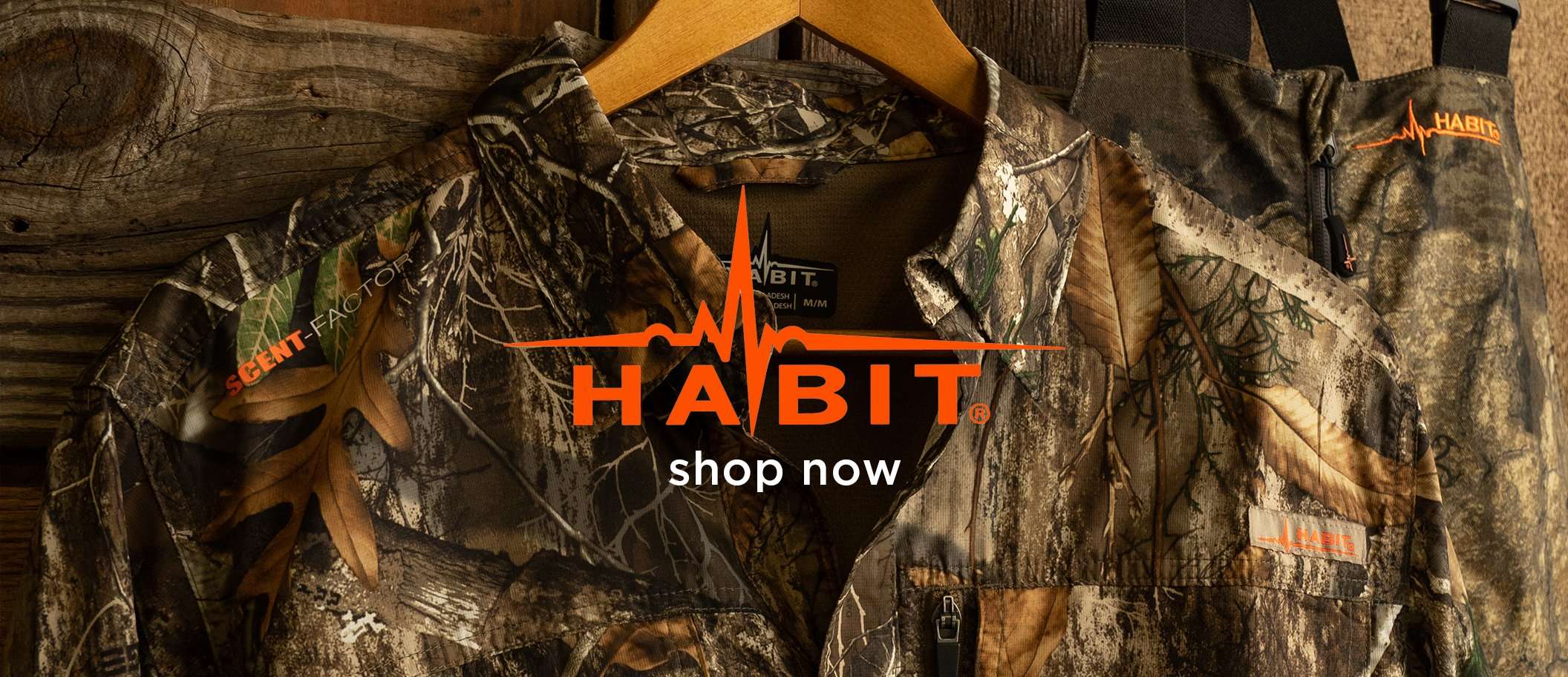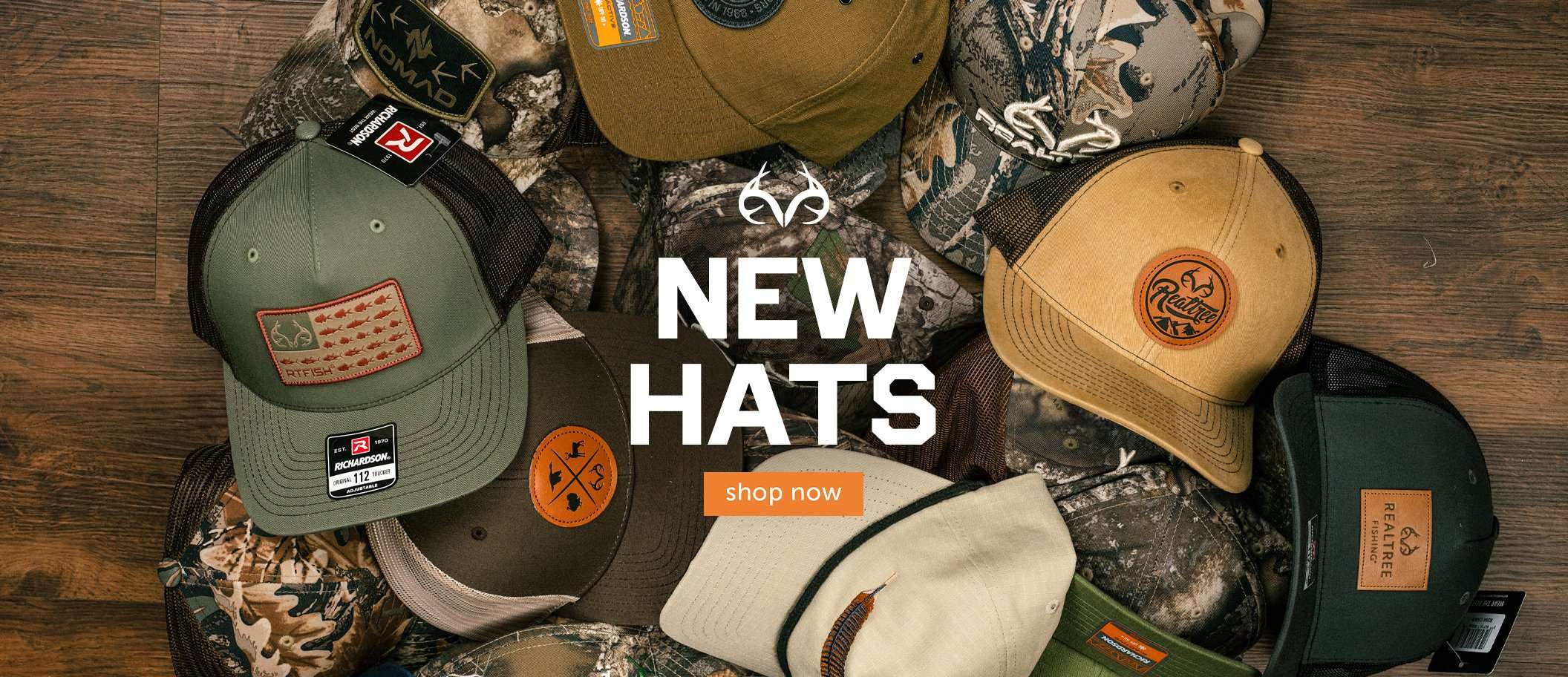Bowhunting openers are just around the corner. Tackle these archery to-dos while you still have time
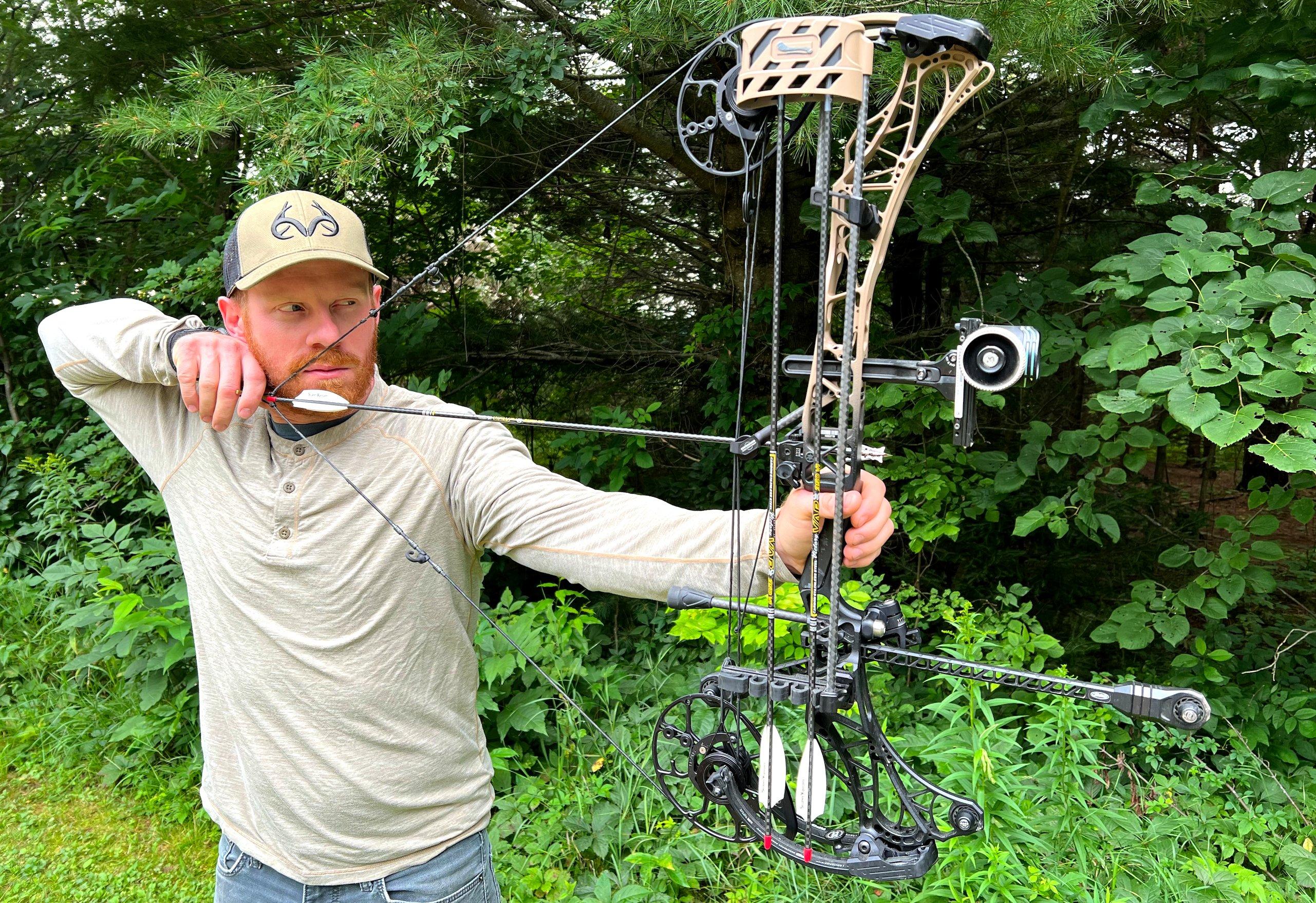
With bowhunting seasons just around the corner, now is the time to make sure that your archery equipment is set to go. Photo by Darron McDougal.
In bowhunting, a thousand things can go wrong during the shot. And although many variables are uncontrollable, you hold the reins on a lot of them. When someone misses a deer and blames their equipment, the issue could usually have been avoided. Bows aren’t that different from vehicles or lawnmowers. They require attention and routine maintenance.
So whether you recently purchased a new bow or you’ve been shooting the same one for the past 10 years, almost everyone can find something on this list that pertains to them.
Let’s review six things to get squared away before the bow opener.
1. Get a New Bowstring and Cable Set
My family owned and operated an archery pro shop for eight years in the early 2000s. During the bowhunting season, we commonly serviced bows that had blown up because a bowstring, cable or both broke. Archery shops are extremely busy in fall, and bow technicians can’t always replace strings or cables immediately. Further, you’ll have to shoot a bunch after the replacement to make sure that your pins are still on. If there’s any question that your bow is due for a new bowstring and cable set, replace it now to avoid a hassle during deer season.
DON’T MISS: 6 Top Trail Cam Spots for Summer Bucks
2. Fix a Crooked Peep Sight
I’ve shot archery with many people, and it’s alarming how often someone nocks an arrow, hooks up their release, and then twists their peep sight so it properly aligns at full draw. It’s annoying to have to twist the bowstring, and it increases wear on the fibers where you’re constantly touching and twisting before each shot. Plus, if you forget to do this when you’re hunting, you might come to full draw on a monster buck and be unable to see him in your peep sight.
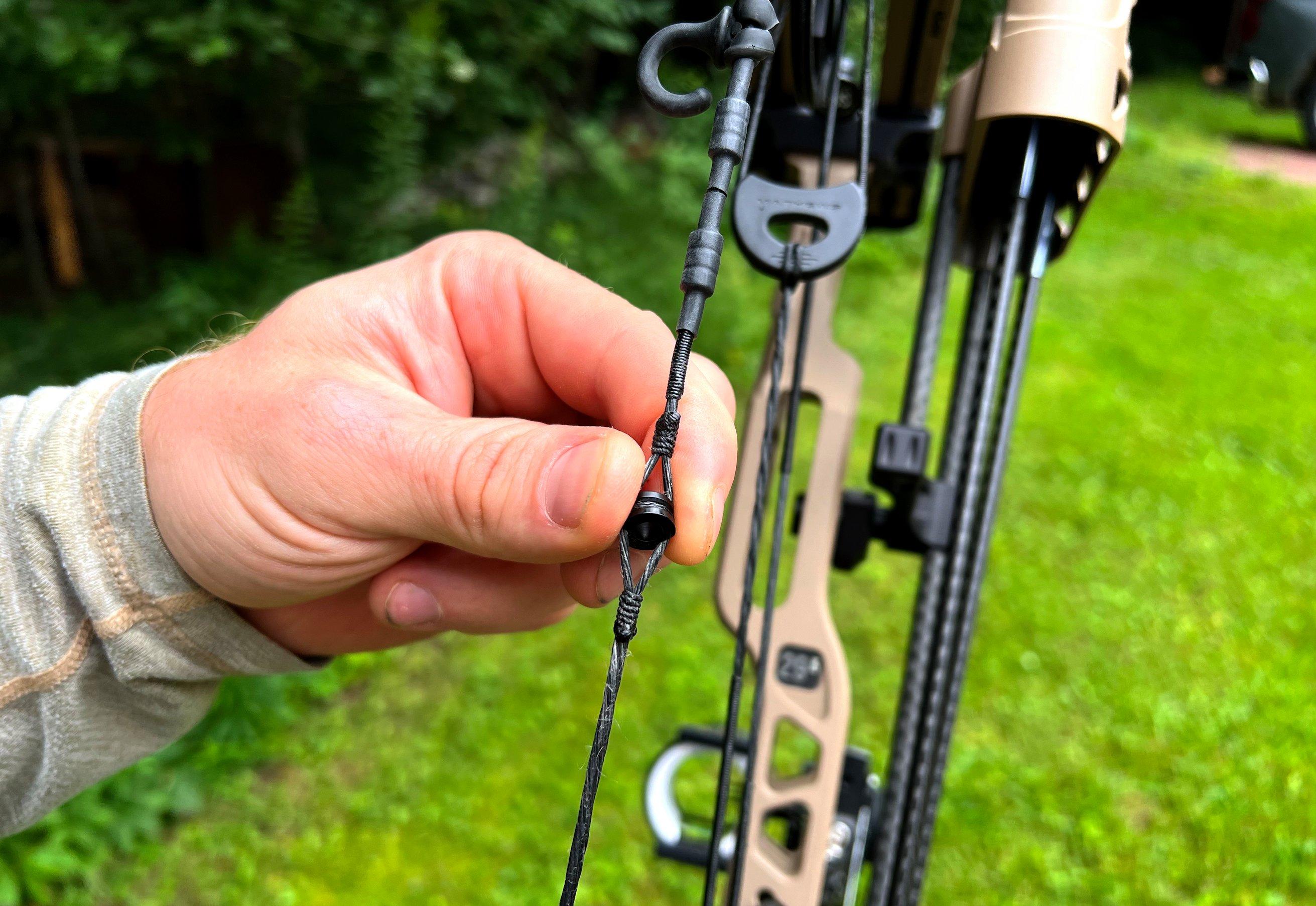
Twisting your bowstring before each shot so your peep sight comes back straight at full draw can damage the bowstring fibers through time. Plus, it’s annoying. Take your bow to an archery pro shop and get it fixed. Photo by Darron McDougal.
Take your bow to an archery shop and have them fix it. They’ll simply press the bow, unhook the bowstring from the cam, twist it appropriately, and then re-attach it to the cam. Problem solved.
3. Paper Tune It
Have you noticed that your arrows are kicking in flight or that you aren’t grouping as well as you did previously? Shooting an arrow through paper can tell you a lot about your bow’s tune. If you shoot a few arrows through paper from several feet away and find that the fletching is tearing right, left, high, or low of the point, it’s time to do some tuning.
Check Out Our Latest Camo Pattern: Realtree APX
Some bows have user-friendly tuning features that can help you fix cam lean to adjust a left or right tear back to the center. If you’re shooting a bow that doesn’t have these features, or you simply don’t know what you’re doing, you’d best head to the local archery shop quickly for a tune-up.
4. Practice with Your Quiver On
A lot of people practice before bowhunting season with their quivers removed. If you hunt from tree stands or ground blinds, chances are that you remove your quiver while you hunt. Still, it’s wise to practice with it attached to see if your point of impact changes. You never know when you’ll get an opportunity to shoot a deer en route to your stand or blind, or on the way back to the truck. In that case, you probably won’t have time to remove your quiver, nor can you justify the movement required to do so. Practice with your quiver on, and get comfortable with shooting that way.
5. Check Broadhead Accuracy
This topic is evergreen and incredibly important, yet so often overlooked. I’ve dedicated much of my teen and adult life to equipment testing, and I’ve seen many examples when my broadheads flew differently than my practice points. Even a mechanical broadhead has some drag and wind resistance, and the farther the shot, the more likely the arrow will drift or drop. Practice with your broadheads out to the longest range at which you’re comfortable shooting while hunting. Don’t assume that they’ll fly well. Shoot them and know.
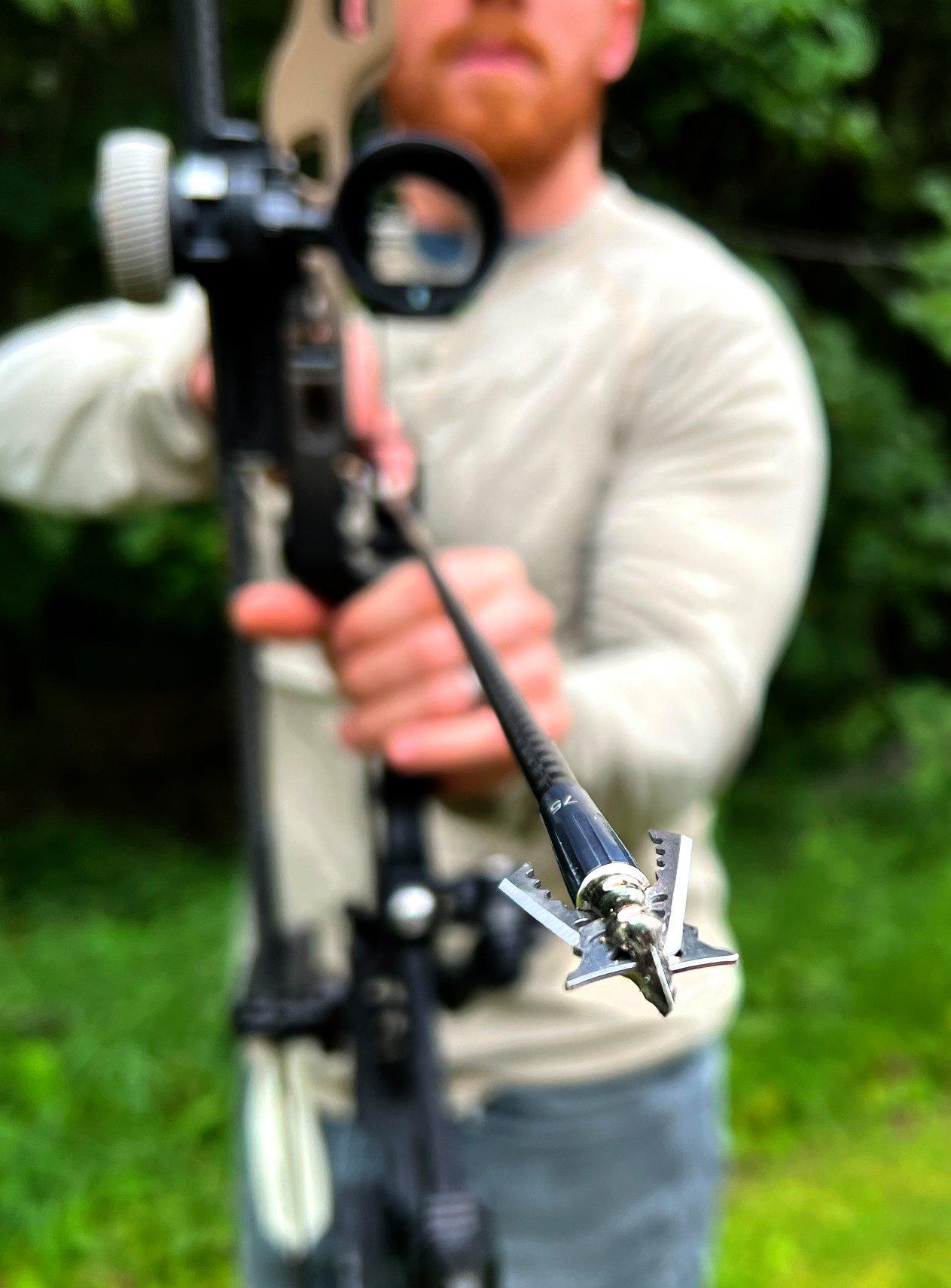
Broadheads, no matter how compact they are in flight, aren’t exactly the same as practice points. There are more exposed surfaces, which make them susceptible to drag and wind resistance. Don’t assume they’ll fly right. Shoot them and see. Photo by Darron McDougal.
6. Check and Replace Your Bowstring Accessories
Few bowhunters inspect their rubber bowstring silencers as fall approaches. Those things don’t last forever. I’ve even had some that weren’t very old break during the shot, and I’ve twice been whipped in the neck and face with broken ends that flew off. Not only does it sting, but your bow could shoot a little differently with a broken or missing string silencer.
DON’T MISS: Woman Credits Hair Clip and Dog for Saving Her Life During Bear Attack
While we’re discussing bowstring accessories, keep an eye on your D-loop. Some releases chew through D-loops very quickly. Check often for wear, and also inspect the knots for slippage. If your D-loop breaks as you’re drawing back, you’re practically asking for a bloody or broken nose. Further, when your D-loop breaks, your bow is rendered almost useless. Even if you have a release that can attach to the bowstring beneath the D-loop, your bow won’t shoot the same.
Don’t Wait
Address these to-dos to avoid mishaps and inconveniences during hunting season. The clock’s ticking. Go through your bow and arrows from top to bottom, and make sure everything is truly ready, because the countdown to opening day is on.

